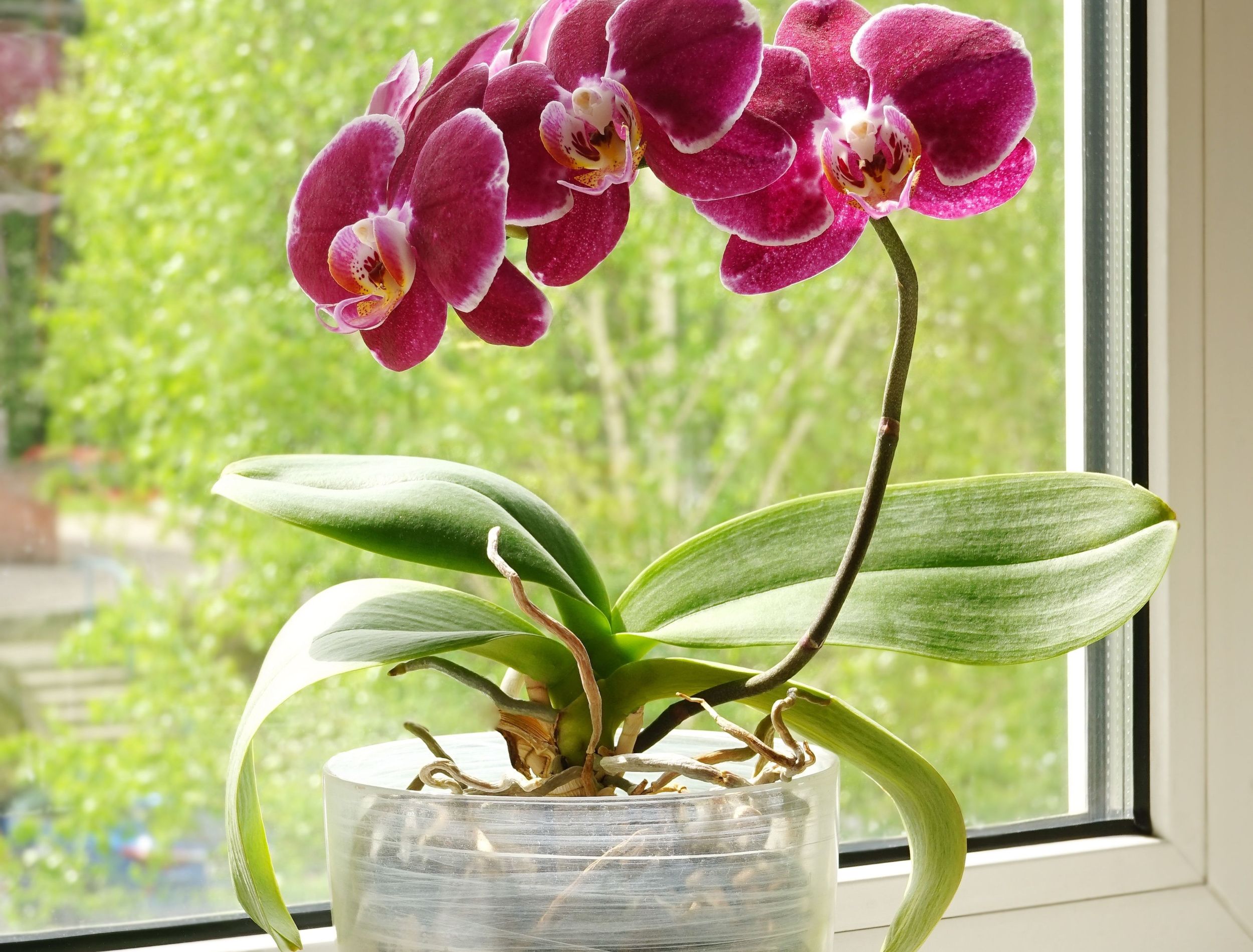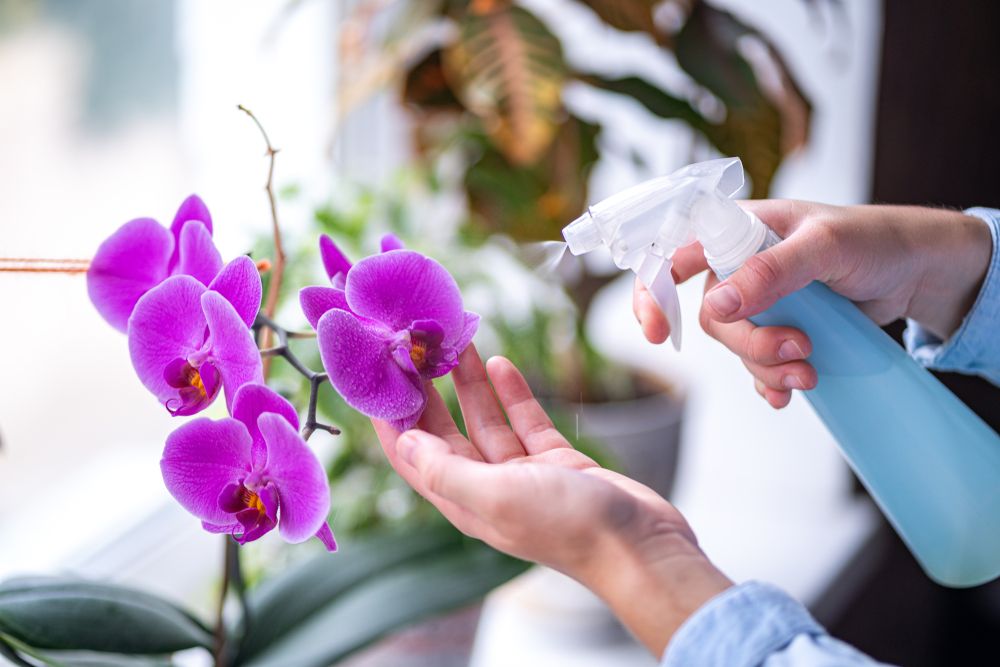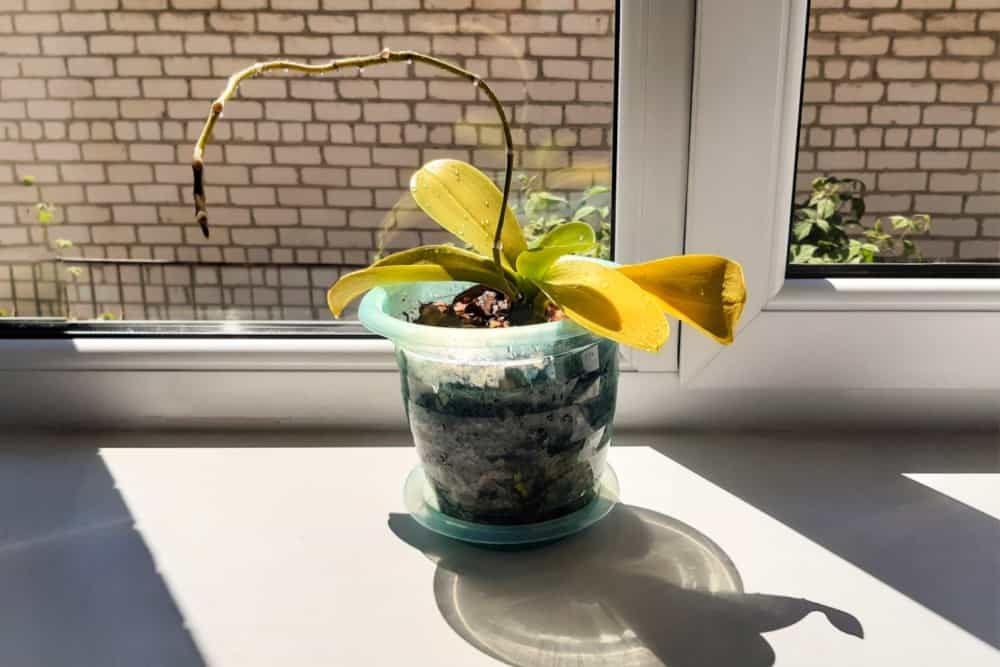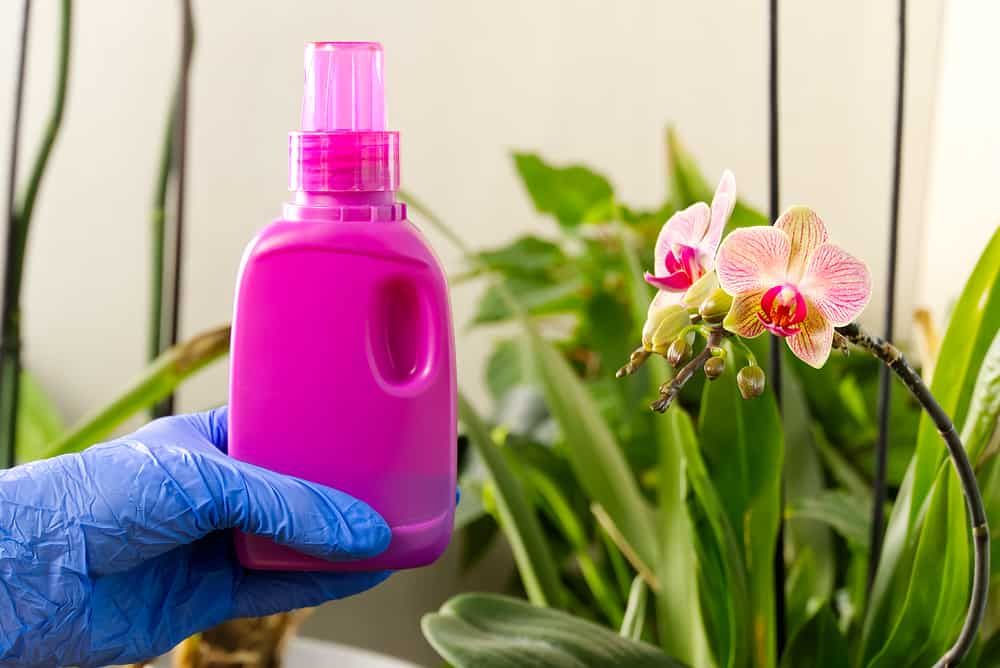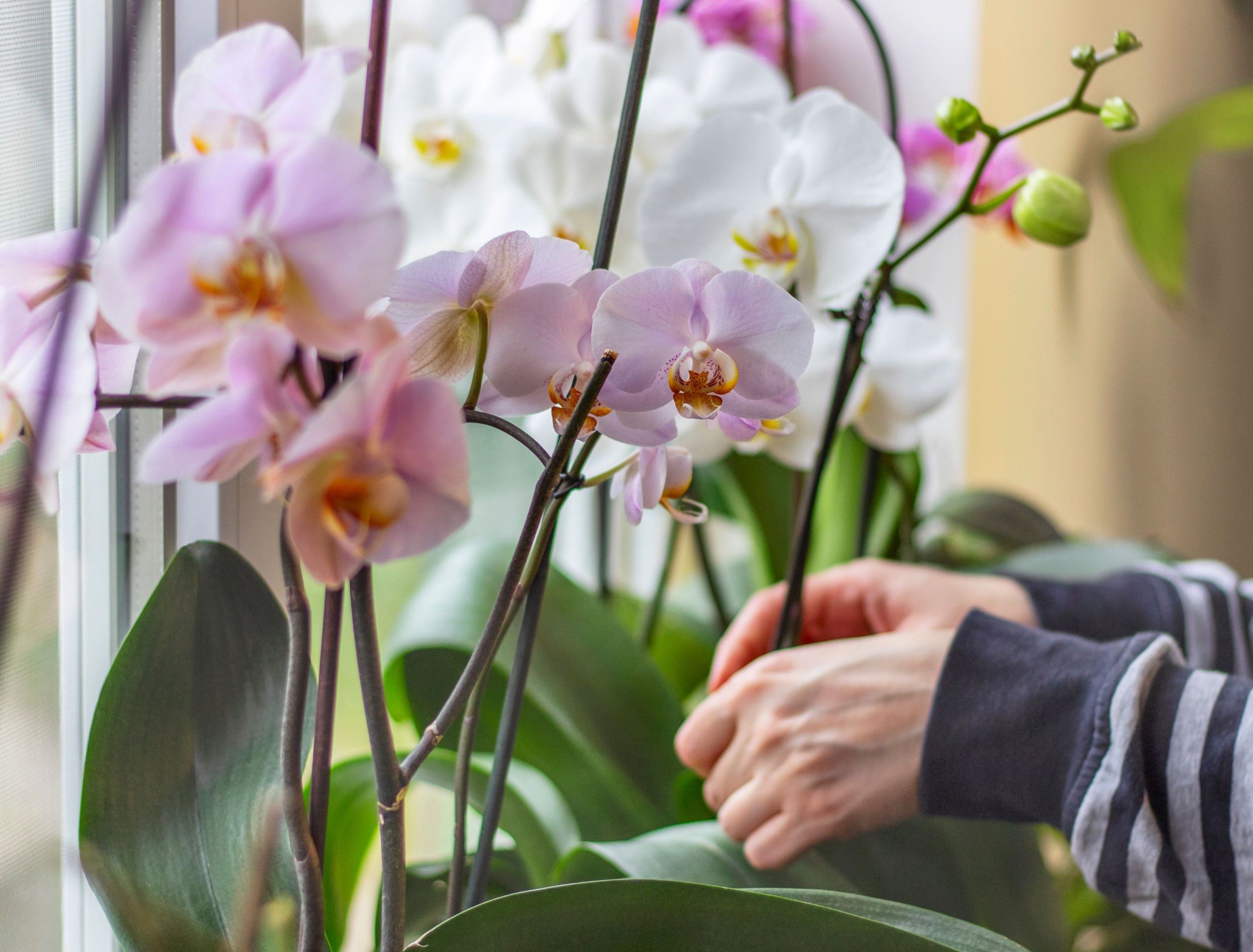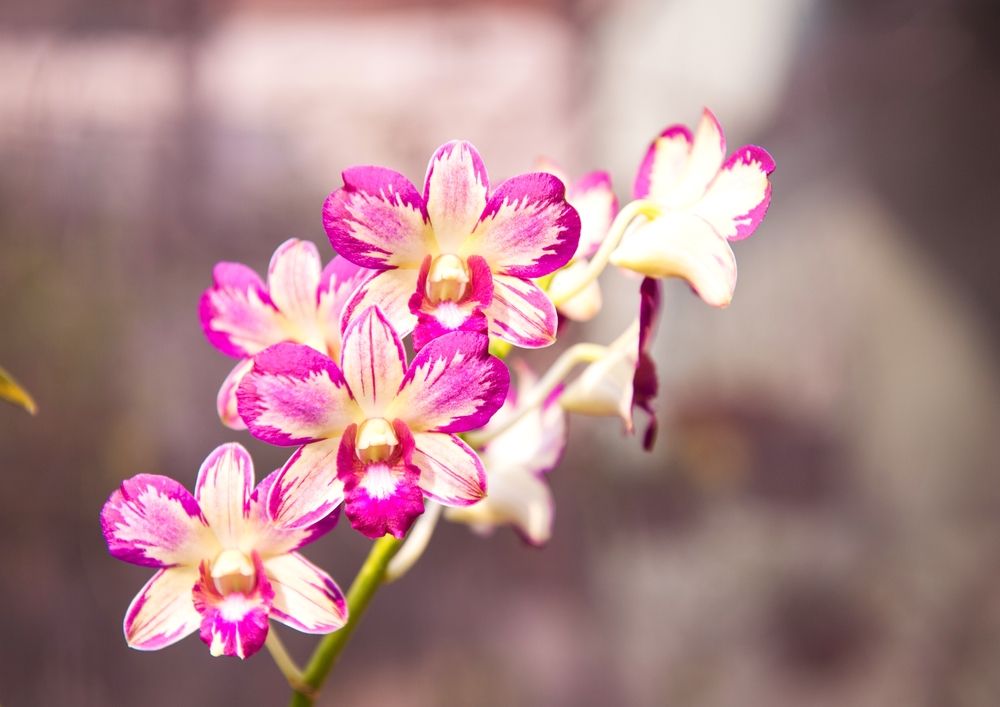Are your orchid leaves drooping and struggling to stay alive? If so, you're far from alone. Many orchid owners face this problem at some point in their journey.
While there are many reasons why you have droopy orchid leaves, here are some common root causes and practical solutions for each so that you can get your orchid flourishing again. Learn more about why your precious blossom is wilting and what to do about it!
Improper Watering
Image credits: goffkein.pro via Shutterstock
One of the most common causes of orchid leaf droopiness is overwatering. Orchids tolerate moist soil, but too much water suffocates them and causes their leaves to become limp. Constant moisture around the roots leads to root rot, which leaves the plant without a means of taking up nourishment. This causes the leaves to wilt and eventually kill your orchid if not taken care of quickly.
Fusarium Wilt
Image credits: Pencil case via Shutterstock
If you've noticed your Cattleya orchid leaves drooping and yellowing, it could be because of fusarium wilt. This fungal disease clogs up the vascular system, preventing water from being circulated throughout the plant. Leaves become shriveled, yellow, and wilted. Left untreated, they may die off in three to nine weeks. In mild cases, the deterioration may take a year or more to occur.
The good news is that you can treat fusarium wilt. Start by pruning away the infected parts of the plant and dispose of them right away to prevent the disease from spreading. Disinfect your cutting tools after every cut, and before using them again. Now douse your orchid in an appropriate fungicide.
Lastly, keep an eye out for signs of infection.
Collar Rot
Image credits: Stanislav71 via Shutterstock
Collar rot, a fungal disease that affects the roots and lower part of stems could cause leaf drooping. The affected tissue turns brown and collapses rapidly before rotting away entirely. The plant may also show yellowing of leaves and wilting.
Collar rot thrives in humid and high temperatures, so find out if these conditions are present in your home where you keep your orchids. If you suspect collar rot is the cause of your orchid's drooping leaves, act quickly. Remove the diseased parts of the roots and leaves with a sterilized scissor or shears and soak the remaining plant with a fungicide. Don't forget to disinfect the area with a bleach solution to prevent the further spread of the disease.
Overfertilizing
Image credits: VidEst via Shutterstock
Too much nitrogen fertilizer causes a range of issues, such as yellow leaves and drooping foliage. If your orchid leaves are drooping, this could be due to too much nitrogen fertilizer combined with too little light.
To avoid this issue, try using a more balanced "weakly, weekly" approach. Apply a diluted, 1/4-strength fertilizer every week during the growing season. Water your plant first and then follow with the fertilizer solution. To avoid overfertilizing altogether, use balanced fertilizers such as 20-20-20 that contain all necessary trace elements for healthy growth.
Too Little Light
Image credits: Serhii Ivashchuk via Shutterstock
Lastly, too little light can lead to limp orchid leaves. Orchids require bright indirect sunlight to thrive, and if they're not getting enough of it, their leaves may start to droop. If you notice your orchid isn't getting enough light, consider moving it to an area with plenty of bright but indirect light. Near a west, east, or shaded south window is best, or add an artificial grow light.
General Care Tips for Orchids
Image credits: Jindowin via Shutterstock
Caring for an orchid is essential to ensure it stays healthy and blooms with vibrance. Here are some general care tips on how to keep your orchid looking its best.
Light
As mentioned, orchids need bright, indirect light in order to thrive. Place your orchid near a window that gets bright but filtered sunlight throughout the day. Avoid direct exposure to harsh midday sun as this can burn leaves and damage flowers.
Water
Water your orchids when the soil is dry. Soak through the soil thoroughly before allowing it to dry out again fully between waterings. As with all plants, do not overwater, as this will cause root rot.
Fertilizer
Feeding your orchid once a month, or once per week at 1/4 strength, will help encourage healthy blooms and new growth. Look for a balanced fertilizer specifically designed for orchids to get the best results.
Humidity
Orchids need high humidity levels in order to thrive, so try placing them near a humidifier or putting them on damp pebbles inside a tray filled with water.
Temperature
These tropical plants prefer temperatures between 55 and 85 degrees Fahrenheit. Avoid drastic temperature changes and keep away from cold drafts that may damage delicate flowers and leaves.
In Summary
While it's disheartening to see your orchid drooping, it's fixable. By ensuring you provide your plant with the right lighting, temperature, and humidity, you will help it get back to its blooming best. Water needs also play an essential role in this process, so inspect the roots during each watering session. Also, don't be afraid to use fertilizers if your orchid looks weak -- as long as you do so sparingly!
Now that you have taken all these steps, there should be no reason why your orchid won't look vibrant and happy again. If you have questions about reviving drooping orchids, leave a comment below and share with your family and friends. Happy gardening!

